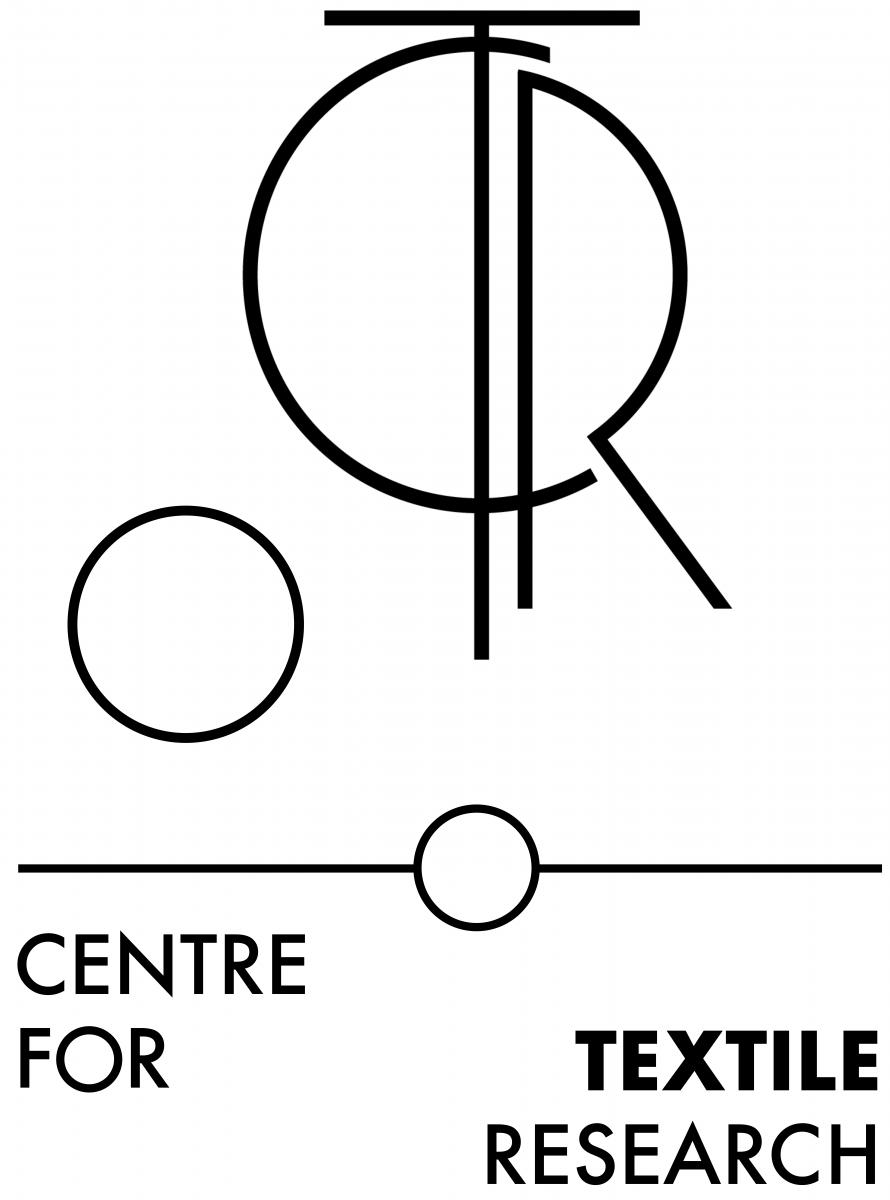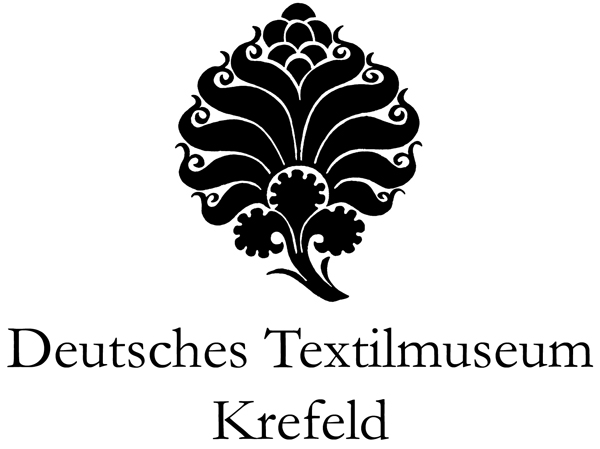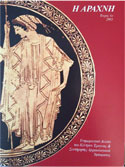The Fabric of My Life

The Fabric of My Life (FABRIC) is a collaborative project co-funded by the Creative Europe Programme of the European Union between cultural institutions in DK, GR, and DE with the aim to innovate and test new methods in the cultural sectors concerning migration history, to empower refugee women and to train cultural workers and design students.
FABRIC focuses on the role of textiles and clothing in the life and memory of older and new refugees, with the intention to highlight and communicate their life stories.
The usual image of the refugees is one of tired people holding plastic bags and children. They bring with them only what is really necessary, scarce clothing, blankets and sleeping bags, tents. Among these crucial things that they try to carry are their clothes and some textiles that cover them and protect them from cold and heat. They probably do not realise that these textile belongings, saved from their previous lives and homes, are of great importance for their survival also from a symbolic aspect. They just need them. Perhaps for the refugees these few clothes, blankets, are just a sign of their present misery, although all this will be stored in their memory and will be involved in the construction of the "self". But mainly, in their memory shine their own clothes, as a replenishment, the ones they were forced to leave behind, the embroidered, the gold-woven and the elegant, the ones that were used as hangings on the windows, as carpets on the floors, on their body, the silks that they were not able to take along with them. But they are all there, intact in memory, as well as the techniques, the images and the interest.
Clothes and textiles make up the human identity. They show everything: the age, the desirable but also the real status, the position in society and family, the collective bodies (army, church...) where one belongs. Most of all, they show the condition of refugees, with blankets on the shoulders or tied around the waists of children, outside of the tents given to them by charities and NGOs.
From this point of view, garments and fabrics constitute a framework for any refugee situation, as they offer temporary security in everyday life and in celebrations that, together with the cultural heritage, shape images, movements and feelings.
In FABRIC, we see clothing as an individual means of communicating our identity, our history and the future at which we aim. Clothing is an immediate, tactile, tangible and visual means of communication among Europeans and the new citizens, and especially female clothing. That’s why FABRIC fosters new digital and cultural products co-created with refugee women and invites both European and refugee women to co-create and contribute to exhibitions, both digital, pop-up, and conventional shows, and use clothing to narrate their life stories: who taught me to knit, what my grandparents wore, who made my wedding gown, what is appropriate dress for me. Through a series of actions such as interviews, creative workshops, exhibitions will be generated scientific and artistic material, like podcasts of these narratives, small films with subtitles in several languages, exhibited clothing, catalogues and publications and a digital recreation of lost wardrobes. The outcomes are strong means of dialogue and reflection while regaining the memory of lost histories, both within Europe and beyond.
Flight and immigration are age-old formative phenomena in Europe, and for this reason FABRIC links to other historical immigrant movements of the 20th century. FABRIC trains cultural workers to widen their scope, reach out to new audiences and speak directly to refugee/immigrant populations. At the same time, design students are sensitized to the needs of the new population and are provided with new knowledge and experience to meet the new challenges in clothing and fashion. In addition, as part of the programme, refugees work as interns in cultural institutions, enhancing their knowledge and skills and expanding their social and professional network. At the same time, artists are inspired by the issue of refugee and collaborate with refugees in creative workshops. This interaction is accompanied by artists' talks, interviews with refugees, as well as exhibitions in Denmark, Germany and Greece.
As the co-ordinator of the Greek side of the programme, ARTEX collaborates with a wide group of specialists, such as lawyers, curators, artists, anthropologists, educators, museums and NGOs, to better meet the program's goals. The actions of the Greek side will start with the public presentation of the programme at the opening event to be held at the Danish Archaeological Institute on January 22, 6pm.
Funding:
With the support of the Creative Europe Programme of the European Union
Partners:
Centre for Textile Research, University of Copenhagen, DK
ARTEX Hellenic Centre for Research and Conservation of Archaeological Textiles, GR
The National Museum of Denmark, DK
Deutsches Textilmuseum Krefeld, DE
Design School Kolding, DK
Associated Partner:
Akademie für Mode und Design, Düsseldorf, DE






